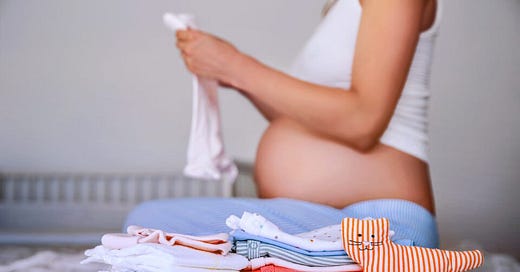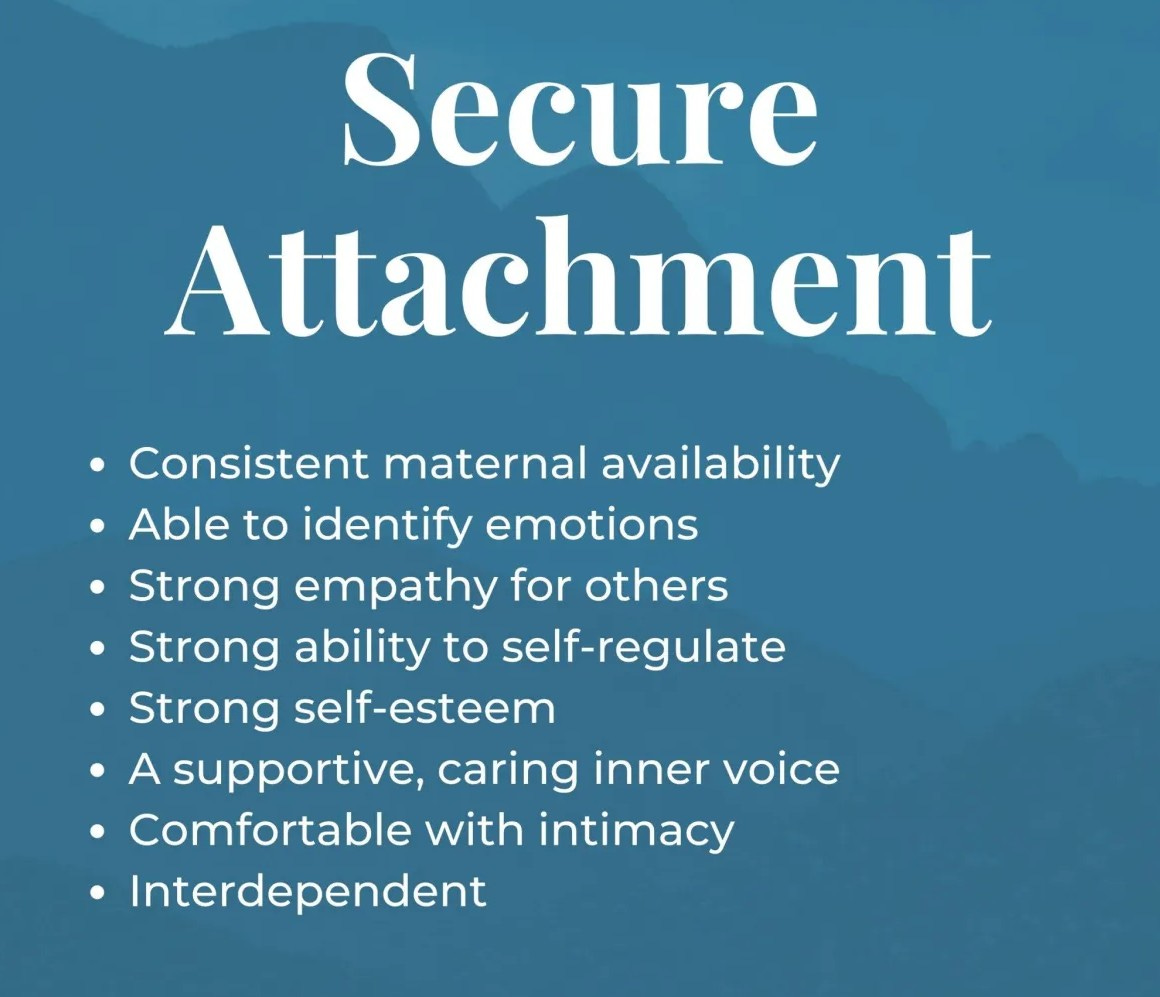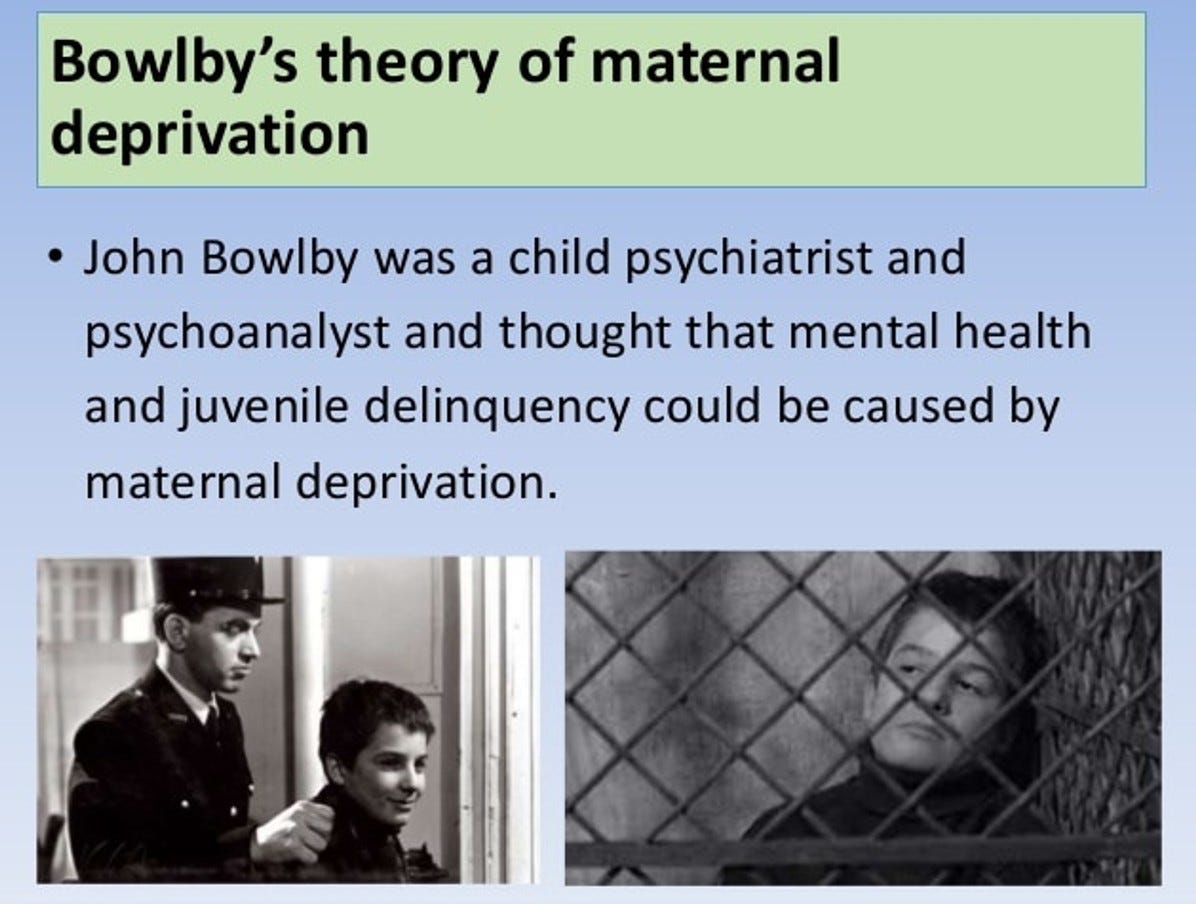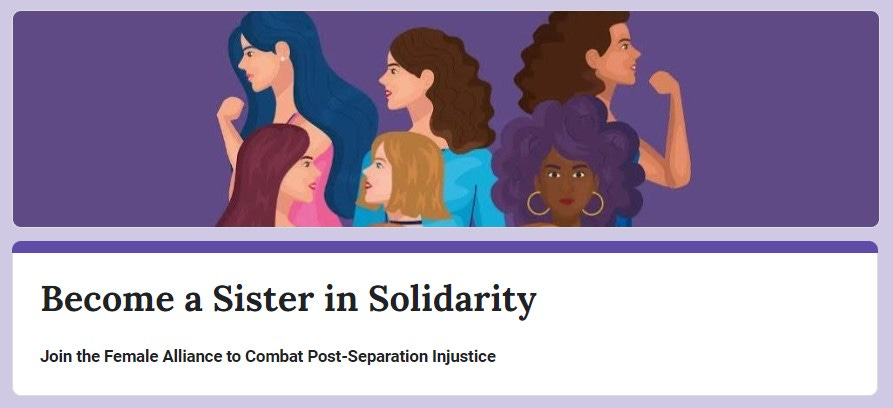"Baby Brain": Mothers & Fathers Are Not the Same
Pregnancy Programs the Brain for Mothering & Attachment
A brand new study published in the Science journal, “Pregnancy Programs the Brain for Mothering”, has found that female brains undergo significant rewiring during pregnancy that drives maternal instincts. Previously, it was believed that the onset of maternal behaviors was primarily triggered by hormones released during and after childbirth.
According to the study, pregnancy hormones, such as estrogen and progesterone, are instrumental in initiating these changes via a hormone called galanin produced in the hypothalamus in the central brain. This observation indicates that hormonal changes occurring during pregnancy play a pivotal role in instinctual maternal behavior.
The researchers observed enhanced maternal behaviors in female mice during late pregnancy. Interestingly, exposure to pups was not a prerequisite for the development of these behaviors. It originates internally.
The study sheds light on the complex interplay between hormonal changes during pregnancy and the onset of maternal instincts and behaviors.
We know that the female body changes during pregnancy to prepare for bringing up young. One example is the production of milk, which starts long before giving birth. Our research shows that such preparations are taking place in the brain, too.
We think that these changes, often referred to as ‘baby brain,’ cause a change in priority—virgin mice focus on mating, so don’t need to respond to other females’ pups, whereas mothers need to perform robust parental behaviour to ensure pup survival.
This study supports the fact that mothers undergo significant chemical and hormonal changes and their brains are rewired for nurturing behaviors before babies are even born. But there is also research that confirms mothers and babies attach emotionally during pregnancy, as well.
ATTACHMENT
James Bowlby’s research in the ‘50’s confirmed that infants have a primary attachment to the mother, or in rare cases when the mother is unavailable, to someone else. This attachment, although “just” emotional, is crucial for the child’s healthy development, even survival.
But recent studies show this primary attachment begins long before birth—in utero.
Prenatal attachment is an important factor in predicting post-partum attachment behaviors. It is associated with mother-infant post-partum interactions and communications...
Attachment, which is one of the essential needs of human beings, acts like an invisible connection and maintains a close relation between the mother and the child. It is considered an important part of child’s development and develops a sense of trust in the child.
The baby needs its mother to develop a secure attachment style, in other words, to feel safe. This allows the child to trust, which is crucial for future relationships.
The child, of course, has secondary attachment figures, people with whom they may attach to a greater or lesser degree. These secondary attachments can be an important addition, but not absolutely necessary for healthy psychological development.
Obviously the strongest secondary attachment would be a loving, involved father. Other relatives can play an attachment role as well, often the grandmother, and sometimes a paid caregiver. But as long as the child is securely bonded with her/his primary attachment figure, they will most likely do well psychologically.
On the other hand, when children are taken away from their primary bond, their mother, they will likely have psychological and emotional difficulties or disorders stemming from this breach.
This is why children should never be removed for any significant time from their mother (unless, of course, she endangers the child).
This is also why the mother, as the primary bond who is primed physically and emotionally to nurture and protect her child from before birth, should automatically maintain primary custody after divorce. And, because the attachment process is critical during infancy and toddler years, especially while breastfeeding, children should not be away from their mother more than a few hours.
It is notable that the primary attachment figure never changes. Even if the child is taken away from the mother and someone else does the primary caregiving, the mother remains the child’s primary attachment for her/his entire life. In other words, the father is never the primary attachment figure, regardless if he is successful in taking a child from her/his mother.
This scientific reality should inform custody rulings. But just like other things which support the mother should maintain primary custody, it is ignored. Court rulings are supposed to be based on scientific research, but neither research, facts, evidence, nor laws make any difference, since the system is designed so judges can do whatever they want.
This attachment reality is a threat to male power in the family post-separation, so men have been actively putting out propaganda to discredit it. Fathers’ rights activists [FRA’s], the public facing arm of the Old boy network [OBN], go to great lengths to distort research so as to make it seem that there is no such thing as primary attachment, and that equal/shared parenting, even during infancy, is best for children. This is ridiculous. It flies in the face of ancient common sense.
“EQUAL” IS NOT “SAME”
Society has been, and is still being, conditioned to believe fathers make just as good of mothers as mothers, they are the same when it comes to parenting. Unfortunately, for the sake of “equality”, feminists agreed, for a time anyway. This nonsense needs to finally be dispelled.
During “women’s lib” back in the ‘60’s, feminists downplayed the differences between males and females in the pursuit of equality. They were portrayed for the most part as interchangeable. Boys and girls were the same—it was only culture that made them different. Fathers and mothers were the same—it was only culture that caused women to be primary caregivers.
Equality was (and still is often) conflated with sameness.
But being equal in status does not mean mothers and fathers are the same with respect to parenting and attachment. After millions of years of evolution selecting for maternal behaviors in females that result in the successful rearing of children, mothers and fathers cannot all of a sudden be deemed the same because politically or socially expedient.
“Equality” in the home fit the feminist goal of getting men to take on half of the child care and domestic labor so women could work outside the home and not have to shoulder all the domestic stuff too. And by taking this equality stance, feminists believed it would help in getting workplace equality.
It didn’t.
But it did backfire in the home where men still do not take on anywhere near half the domestic or child rearing labor during an intact marriage but now have (unscientific) justification for taking children from mothers after divorce.
This misconstruing of equality and sameness is where things went off the rails for divorced and separated women. This conflation has worked well for divorced men. Not so much for women. The social acceptance of mothers as being replaceable by fathers gave support for “equal parenting” and even transferring primary or sole custody to fathers, many of whom had not anywhere near equal parenting while married.
Ever since women gained equality, and with it the ability to leave their husbands, men have had their eye on the big prize: post-separation power. They have mobilized and employed war-like strategies, both overt and covert, to maintain their most coveted patriarchal perk: control in the family.
Meanwhile, most women have been distracted with gaining equal pay and other outside-the-home equality issues and are not even aware this last great gender war is raging. Many have become aware they do not have the power to keep or protect their children but don’t understand this is the result of an organized war-like campaign by the OBN and their subsidiaries.
As long as women are oblivious to this horrible gender war, which has claimed millions of casualties around the world, they will continue to lose the war. Women will continue to lose custody, be unable to protect their children, and be devastated financially until they form alliances and fight back strategically.
A future WCN&V column will go into depth about these “Art of War” strategies men are using to maintain power after divorce and how women can mobilize a counteroffensive to regain the power they need to keep and protect their children.
SISTERS IN SOLIDARITY
We had a great Sisters forum yesterday. Thanks to all who participated.
We are mobilizing a counteroffensive to the last great gender war which is causing the loss of our children and our money, so if you are interested in participating, please join us.
In order to join, you need only agree that the Post-Separation Crisis is caused by systemic male entitlement/empowerment, and it results in the oppression/disempowerment of women.
Please read this column and watch this video powerpoint presentation. If you agree with the Women’s Coalition’s position on the crisis and want to join the Sisters to engage in activism, please fill out this form.
Sisters in Solidarity are women who want to support each other, raise awareness, discuss topics related to the crisis, and engage in activism to end it.
You may also support the Coalition’s work through a one-time or recurring contribution at paypal.me/TheWomensCoalition








A L L of this ... ... from Ms Dumas and our Women's Coalition / We Sisters in Solidarity ?
= U N E Q U I V O C A L, Mothers.
Dr Blue Maas
No-Brainer. #duh